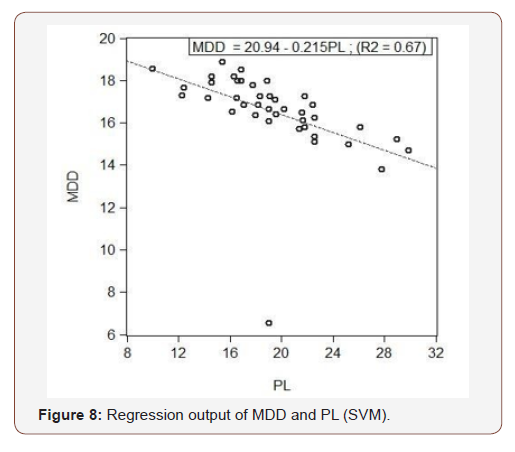
The primary interest is the relationship of the values from one point in time to the next for individual cases.

#Cross correlogram eviews series#
Time series data occur when sets of observations from an individual case are arranged in temporal order. It provides a framework allowing the uniqueness of each patient to exist as a basis for assessing change over time-not as a deviation from a predetermined pattern generalizable to all patients, but as an alteration in a personal pattern. Predicting how a particular patient’s time series data could behave based on past trends has numerous implications for bed-side nursing practice. As such, time series approaches provide a framework for analyzing future changes for an individual based on past trends and patterns. This means that they are tools for analyzing unique and patient-specific fluctuations within a time series. Models for time series analysis are idiographic in nature. Finding patterns in time series data for nursing research purposes, particularly in identifying temporal pattern emergence prior to critical events, involves proper understanding and use of appropriate mathematical models to study changes across time at the level of the individual. However, accurate and timely human-only interpretation of temporal patterns or trends in voluminous time series data is impossible. Such time series data have potential to reveal patterns in manifestations of the variables at specific time intervals ( Chatterjee & Price, 2009).


#Cross correlogram eviews portable#
More recently, real-time data capture of vital signs using telemetry and portable monitors has created the opportunity to time stamp longitudinal data. Ever since Nurse Linda Richard’s invention of bedside records ( Holder, 2004), flow sheet usage and time series data have been ubiquitous and important in nursing. Beginning early in their training years and beyond, nurses are taught to measure changes in behavior, patient outcomes, and responses occurring along a delineated time interval. Many nursing phenomena are time-dependent.


 0 kommentar(er)
0 kommentar(er)
